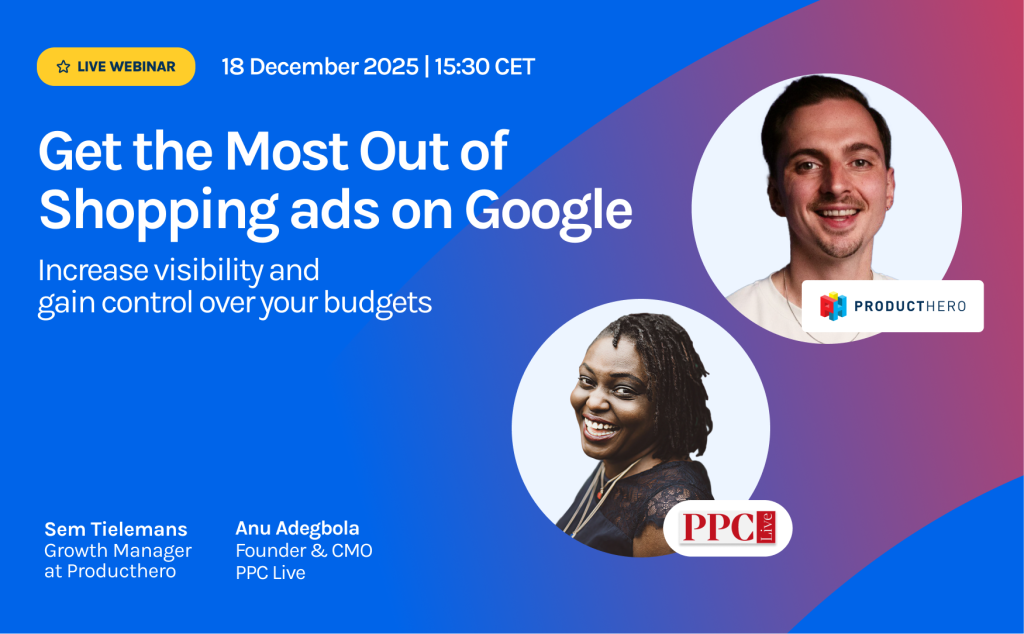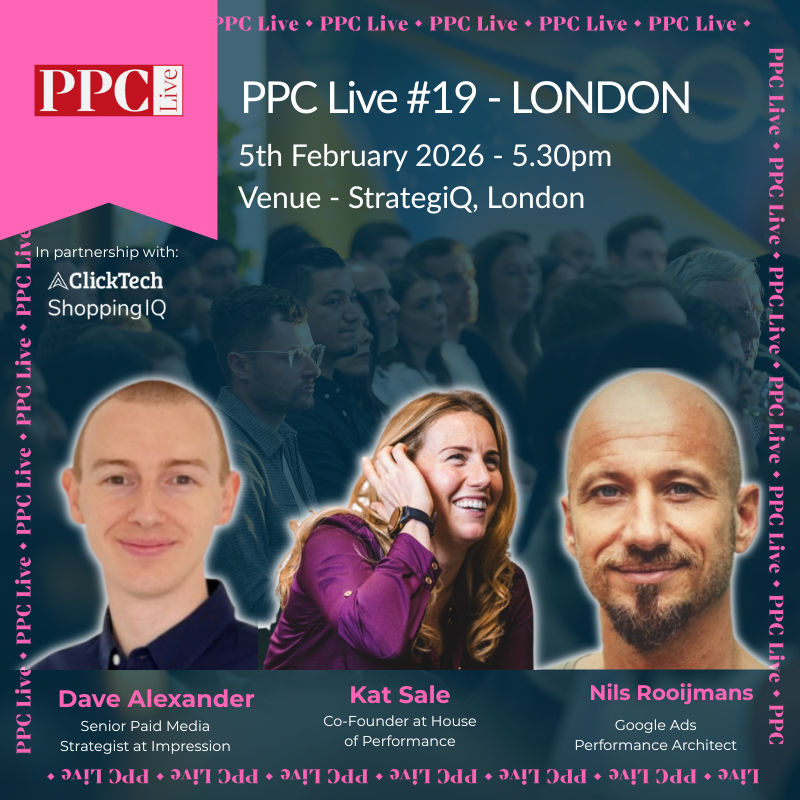When it comes to B2B demand generation, how you divide your Google Ads budget can be the difference between campaigns that flourish and ones that flounder. With limited spend and fierce competition, every pound needs to work harder. You can’t afford to spread your budget too thinly or pile it all into one area.
The good news? There’s a proven structure that balances growth, protection, and opportunity. For most B2B businesses, an effective split looks something like this:
- Non-brand search: 60%
- Brand search: 20%
- Competitor search: 20%
This gives you a balanced approach that funds growth whilst protecting your brand and creating competitive opportunities. Let’s explore why this structure works and how each campaign type plays a distinct role in driving sustainable growth.
Non-brand campaigns (60%) — Your growth engine
Non-brand search campaigns target keywords that describe what you do, not who you are. Instead of bidding on your company name, you’re going after the problems your prospects are trying to solve or the solutions they’re actively researching.
For example: If you sell marketing automation software, you’d target phrases like “B2B marketing automation tools”, “email campaign software for businesses”, or “lead nurturing platforms”.
Why non-brand search deserves the majority of your budget
Non-brand keywords typically come with a higher CPC. Why? Because you’re competing with every other business in your space for the same high-intent searches.
Investing heavily in non-brand search allows you to:
- Capture demand from new audiences. You’re reaching people who have a genuine need for what you offer, right when they’re searching for it.
- Expand into new markets. As you scale, you can broaden your keyword targeting to explore adjacent products, services, or geographies.
- Build awareness over time. Even if someone doesn’t convert immediately, repeated exposure to your brand in search results helps you stay top of mind.
Yes, it’s expensive. Yes, the competition is tough. But this is where the real growth happens. Without a strong non-brand presence, you’re relying solely on people who already know you — and that’s a limited pool.
Brand campaigns (20%) — Your safety net
Brand campaigns focus on searches for your company name, product names, or any other branded terms associated with your business. These clicks are usually cheaper and convert at a much higher rate because the searcher already knows who you are. They might be returning visitors, existing customers, or prospects who’ve heard about you elsewhere.
“But we already rank first organically — why pay for branded clicks?”
This is a common question, and it’s a fair one. After all, if you’re already ranking at the top of Google for your own name, why spend money on ads?
Here’s why brand campaigns are still essential:
Protect your territory from competitors. Other companies can (and do) bid on your brand name to steal visibility. If you’re not running your own branded ads, a competitor’s advert might appear above your organic listing. That’s a risk you don’t want to take.
Dominate the search results page. When both your paid ad and organic listing appear at the top, you own more real estate. This creates a sense of authority and makes it far more likely someone will click through to your site rather than a competitor’s.
Think of your brand campaign as insurance. It doesn’t cost much, but it protects you from losing high-intent traffic to competitors and ensures your audience finds you first.
Competitor campaigns (20%) — The strategic wildcard
Competitor campaigns involve bidding on the brand names of other companies in your space. When someone searches for “Competitor X pricing” or “Alternative to Competitor Y”, your ad can appear, offering your solution as a better option.
Why bother targeting competitor keywords?
At first glance, competitor campaigns might seem cheeky or even a bit risky. Click-through rates are often lower (people searching for a specific brand aren’t always open to alternatives), and CPCs can be high (your competitors are bidding on their own names, after all).
But here’s why they’re worth including in your strategy:
Steal visibility in your rivals’ backyard. When a prospect is deep into their research and actively searching for a competitor, appearing in that moment gives you a chance to get on their radar. Even if they don’t click immediately, you’ve planted a seed.
Reach an audience that’s already buying. Someone searching for a competitor is likely further along in the buying journey. They’re not just browsing — they’re evaluating options. That makes them a valuable audience, even if conversion rates are lower than your brand campaigns.
Competitor campaigns shouldn’t dominate your strategy, but they’re a smart way to expand your reach and stay competitive.
Why smart budget allocation is crucial for forecasting
When you’re planning spend or setting targets, understanding how each campaign type contributes to performance is vital. Over-investing in brand search might give you impressive short-term ROI figures, but it won’t drive new customer acquisition. Underfunding non-brand search could mean missing out on a huge pool of potential buyers who simply don’t know you exist yet.
By reviewing performance regularly and adjusting your allocation based on what’s working, you ensure your budget supports both immediate conversions and long-term demand generation. It’s about balance, not picking favourites.
Final thoughts
Balancing your Google Ads budget isn’t a one-time decision. It’s an ongoing process of testing, learning, and refining. The 60/20/20 structure gives you a solid foundation: non-brand search fuels growth, brand search protects your territory, and competitor campaigns create opportunistic wins.
But the real magic happens when you treat your budget allocation as a dynamic strategy, not a fixed rule. As your business grows, as competition shifts, and as new opportunities emerge, your budget split should evolve too.






